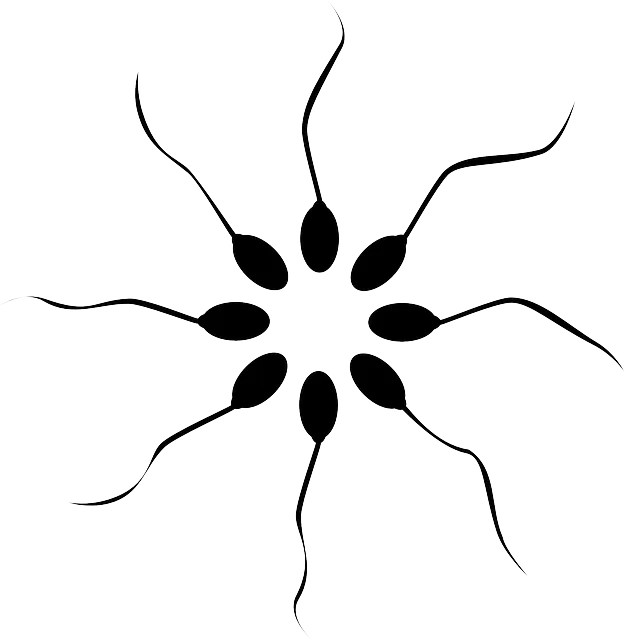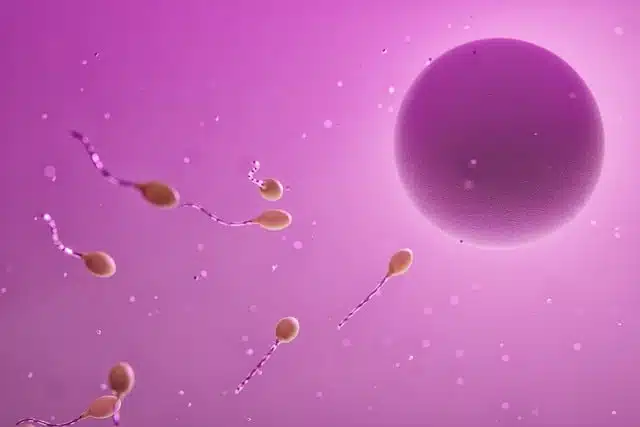
Gametogenesis is the process of forming gametes.
Before entering fully into the meaning of the term gametogenesis , it is necessary to know its etymological origin. In this case, we can state that it is a word that comes from Greek. Exactly it is the result of the sum of three lexical components of said language:
-The noun gamete , which can be translated as "wife."
-The term genos , which is synonymous with "produce" or "generate" as well as "family."
-The suffix -sis , which is equivalent to "action."
What is gametogenesis
Gametes are sex cells : the male gamete is the sperm and the female gamete is the egg . When the sperm and the egg fuse, the zygote or zygote arises, the cell resulting from sexual reproduction that, through its development and segmentation, gives rise to the appearance of a new specimen.
The formation of gametes is called gametogenesis . It is an evolutionary process that begins with germ cells: with the meiosis of these cells , gametes emerge.

Through gametogenesis, sperm and eggs arise.
meiosis
It should be remembered that meiosis is a form of cellular reproduction. In this case, meiosis takes place in the gonads , the organ responsible for the production of gametes and, therefore, gametogenesis. The germ cells register divisions and thus gametes (sperm and eggs) are generated.
In germ cells, there are 46 chromosomes . After meiosis, each gamete has 23 chromosomes. In this way, diploid cells go from haploid cells , which must fuse to have the complete number and totality of the genetic material.
Types of gametogenesis
Since there are male gametes and female gametes, gametogenesis can be classified in two ways according to sex: spermatogenesis (the production of sperm ) and oogenesis (the production of eggs). Spermatogenesis occurs in the testes and involves a process in which the germ cell becomes spermatogonia, primary spermatocyte, secondary spermatocyte and spermatid before reaching the sperm state. Oogenesis, meanwhile, takes place in the ovaries, where the original diploid cell divides between three haploid cells that are not functional (known as polar bodies) and one haploid cell that is functional (the egg).
Although spermatogenesis and oogenesis are processes with different characteristics, we cannot ignore that they do have points in common. We are referring to aspects such as the following:
-In both processes what happens is that gametes are produced.
-Both begin once meiosis has taken place.
-Similarly, it should be noted that both processes are included within the so-called gametogenesis.
-No less relevant is that both take place in mammals.
-Both take place within what are the gonads.
In vitro process
In the same way, we cannot ignore the fact that there is what is known as in vitro gametogenesis .
This also responds to the name of IVG and basically consists of obtaining gametes in an absolutely artificial way. This is something that is achieved, as it could not be otherwise, from the cells of an adult person.
